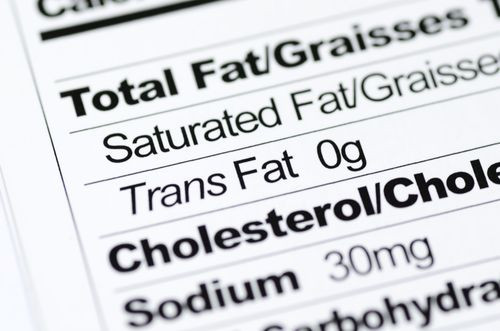FDA Seeks Ban On Trans Fat, Estimates 20,000 Fewer Heart Attacks Annually

The U.S. Food and Drug Administration (FDA) moved Thursday to ban the artery-clogging component trans fat from all food products, seeking to reclassify the partially hydrogenated oils (PHOs) that compose many trans fats as food additives subject to FDA approval.
Pending a 60-day public commentary period, the agency said the ban was intended to reduce rates of heart disease and heart attack in the U.S. Eliminating the substance from the overall food supply would prevent an estimated 7,000 heart disease deaths and 20,000 heart attacks, according to an FDA press release. Under the new classification, PHOs would no longer be “generally recognized as safe” (GRAS), a federal label that would shift PHOs from being ingredients to being food additives, which are subject to premarket approval.
The chances of PHOs receiving this approval are slim, according to Michael R. Taylor, deputy commissioner for foods at the FDA.
“That will make it a challenge, to be honest,” Taylor told the New York Times.
So far the agency has issued a Federal Register notice, saying PHOs aren’t GRAS. If the preliminary determination becomes finalized, any source of trans fat would have to be evaluated according to food additive standards, the same ones applied to food coloring and sweeteners, for example. If this happens, it would effectively end the artificial production of trans fat in foods, says Dr. Dennis Keefe, director of the FDA's Office of Food Additive Safety.
Keefe, however, stresses that trans fat may still exist naturally in some foods, such as certain meat and dairy, along with other edible oils, such as fully hydrogenated oils, which the FDA says is “unavoidably produced in the manufacturing process.”
PHOs are a different beast. They’re used most often to increase the shelf life of frozen foods and baked goods, and are produced when liquid oil is infused with hydrogen gas to create a solid. PHOs have become a staple in many people’s kitchen through the use of certain frying oils and shortening, which is cheaper than animal fats, such as butter. Labels that claim 0 grams of trans fat may, in fact, contain up to 0.5 grams, according to Keefe, who urges consumers to check ingredient lists along with nutrition labels.
The FDA mandated all nutrition labels carry a food’s trans fat content in 2006, though the agency’s original push for the measure began in 1999. The more overarching battle, however, has been raging for nearly three decades. Trans fat has been found to cause increases in low density lipoprotein (so-called “bad cholesterol”) and decreases in good cholesterol, along with being implicated in making people more aggressive and perform worse on cognitive tests.
A recent study of New York City revealed the 2008 measure to reduce trans fat use to under 0.5 grams per serving in certain chain restaurants, had enormous success in improving people’s diets. The amount of trans fat in the average lunch dropped 2.4 grams, with the largest decrease measuring 3.8 grams. Most of the reductions came from hamburger chains, Mexican restaurants, and fried chicken chains.
"By making the default option the healthier choice," people benefit in spite of deficient will power, Alice Lichtenstein, a nutrition specialist at Tufts University, wrote in an accompanying editorial. "The regulation may serve as a model for future successful public health initiatives."



























